SEA TRIALS
Sea trials are usually performed on the last phase of a ship construction or if an existent ship suffers modifications that can affect its performance and safety. It is meant to test exhaustively the several systems of the vessel, and it can last days until all the tests are performed, occurring usually in deep open waters.
The main purpose of sea trials is to measure a ship’s performance (proper operation of the main and auxiliary machinery, including monitoring, alarm and safety systems) and seaworthiness, under realistic conditions. If the ship successfully passes the tests it is awarded a certification for commissioning and acceptance.
MAIN TRIALS
Manoeuvrability – determine the manoeuvrability and directional stability of the ship, including direct and reverse spiral manoeuvres, zig-zag, and lateral thruster use. Check the IMO Standards for Ship Manoeuvrability.
Speed – determines the speed of the vessel during the sea trials, an essential test to take conclusions and assess the behaviour of the vessel in operation.
Shaft Power – determines the shaft power during the sea trials, an essential test to take conclusions and assess the behaviour of the vessel in operation.
Equipment and Structural Vibrations – determine whether the equipment and structural vibrations are within the legal limits (applicable standards), or not.
Noise – determine whether the noise in several areas of the vessel is within the legal limits (applicable standards), or not.
TECNOVERITAS EXPERIENCE ON SEA TRIALS
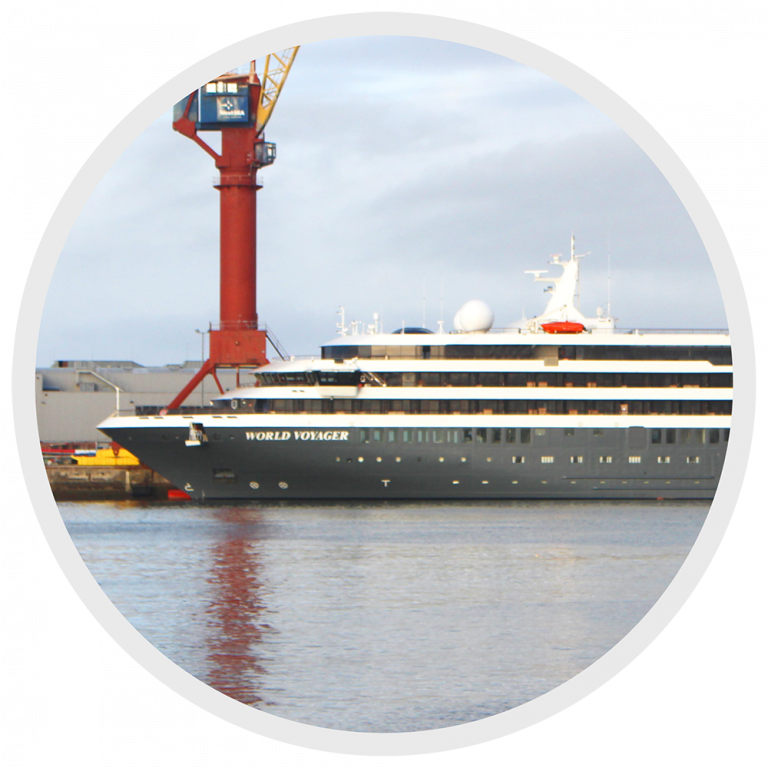
World Voyager (2020)
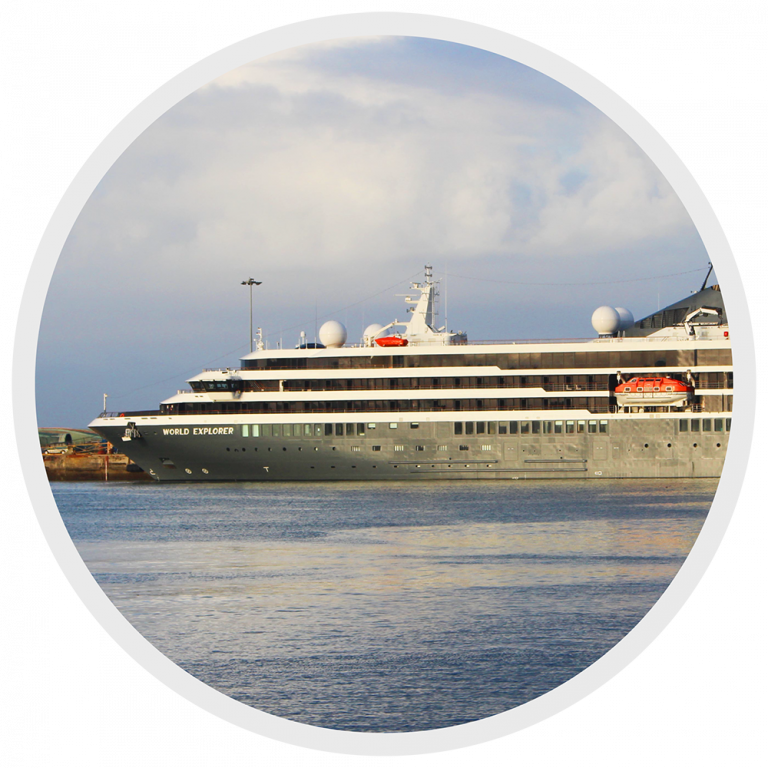
World Explorer (2019)
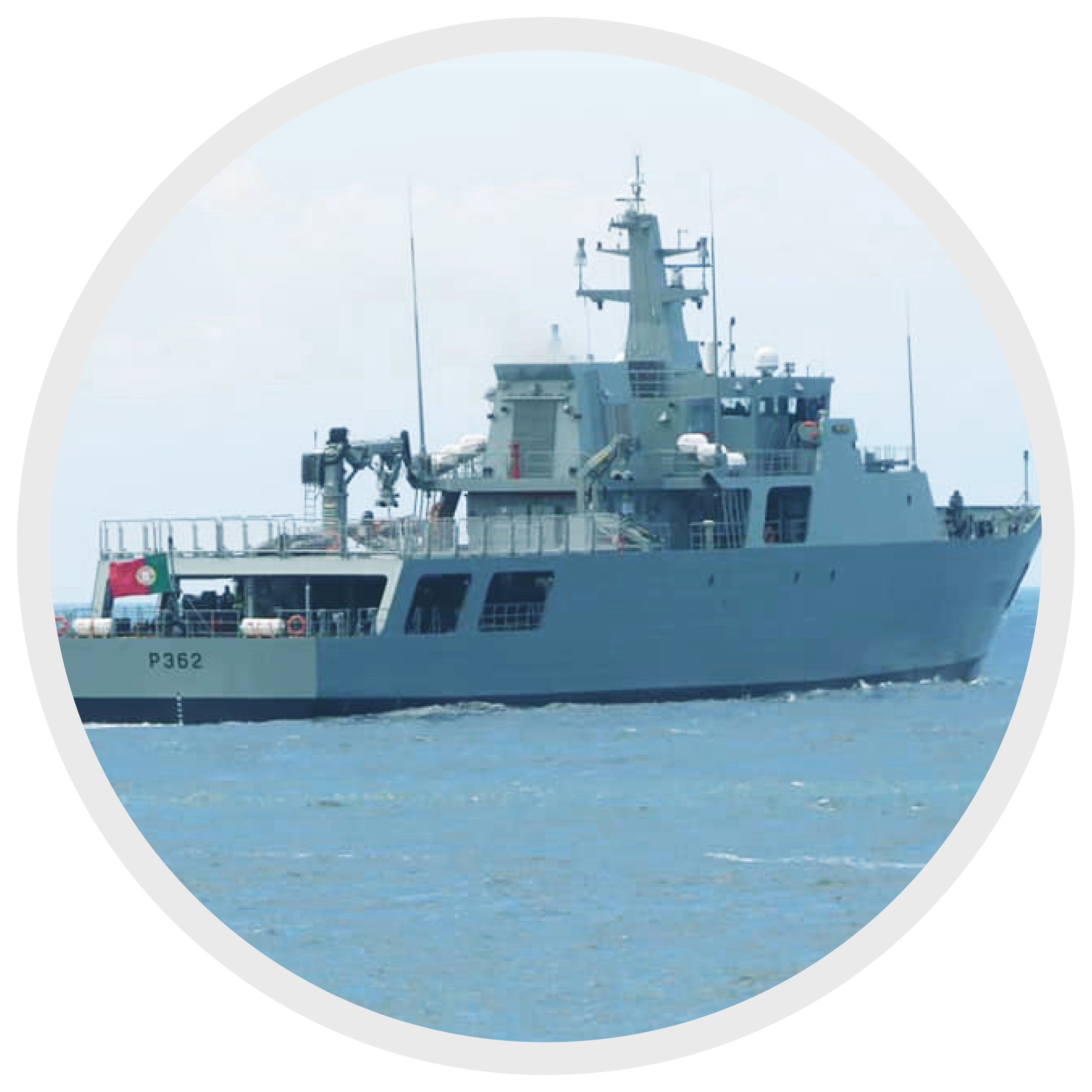
NPO Sines (2018)
Tests performed: manoeuvrability, speed, shaft power, structural and equipment vibrations, and noise.
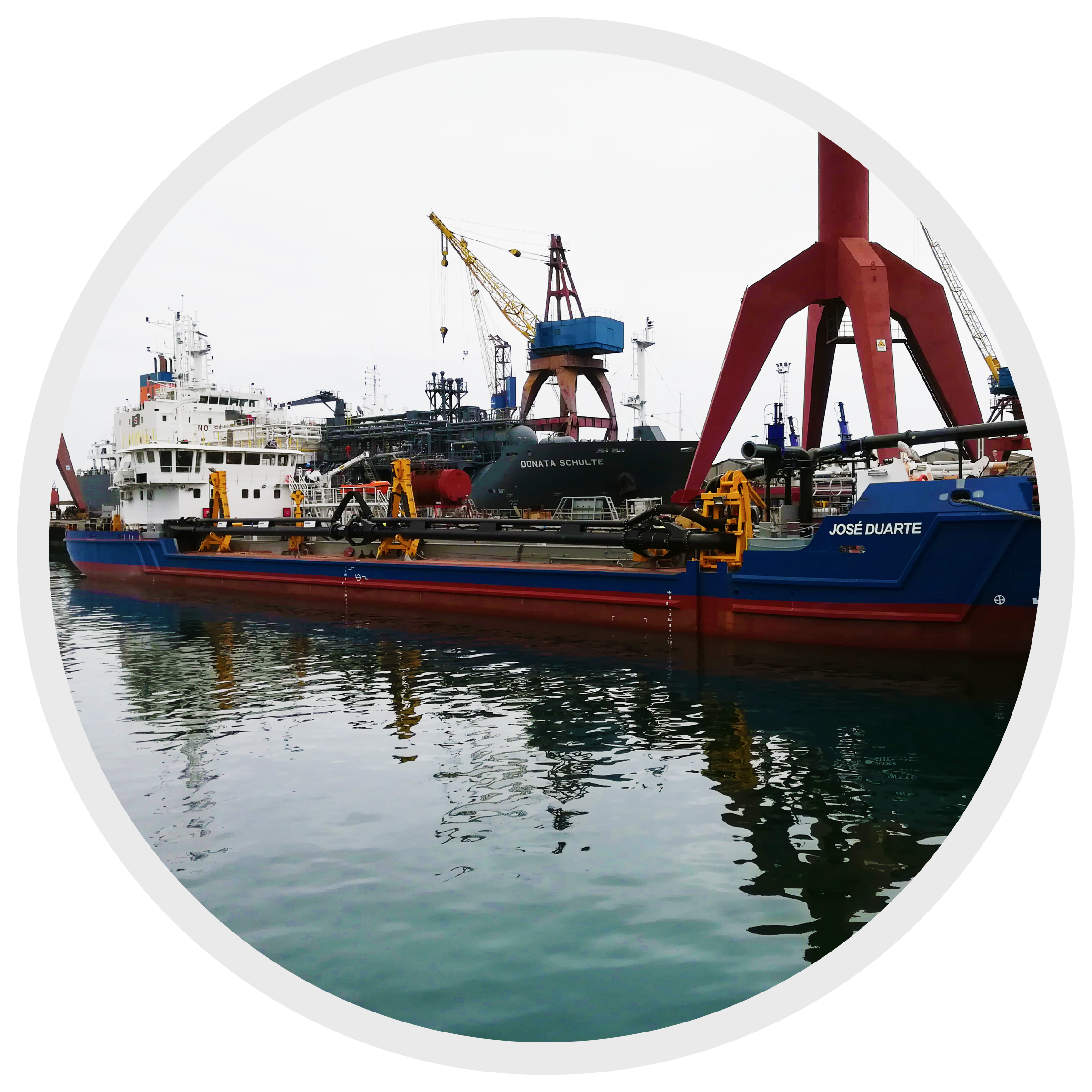
Draga José Duarte (2018)
Tests performed: manoeuvrability, speed, equipment vibrations and noise.
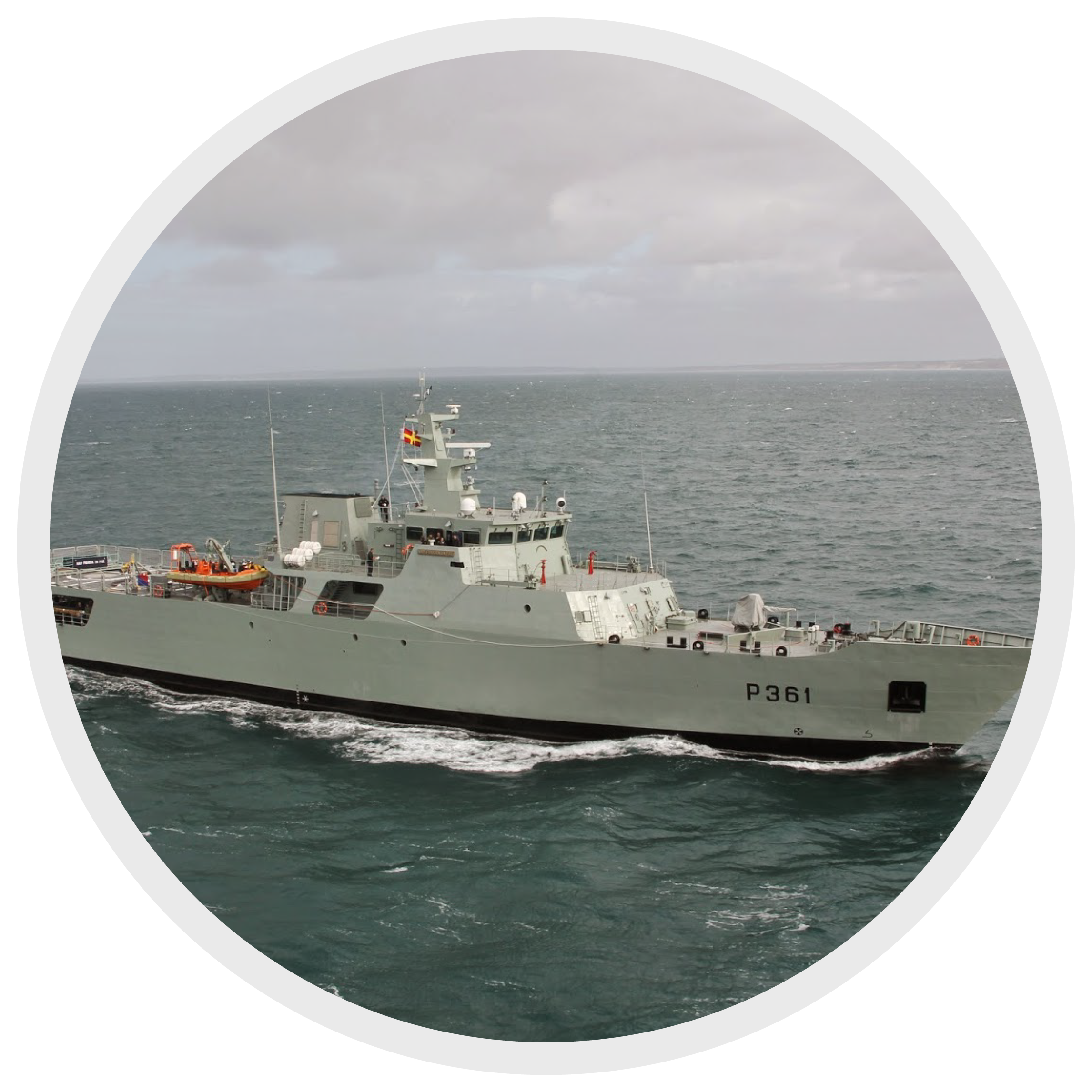
NPO Figueira da Foz (2013)
Tests performed: manoeuvrability, speed, shaft power, structural and equipment vibrations, and noise.



